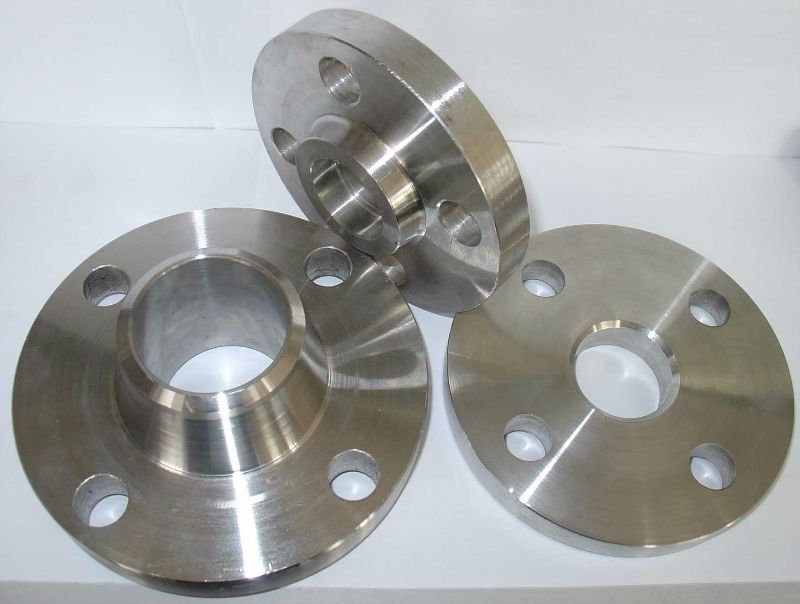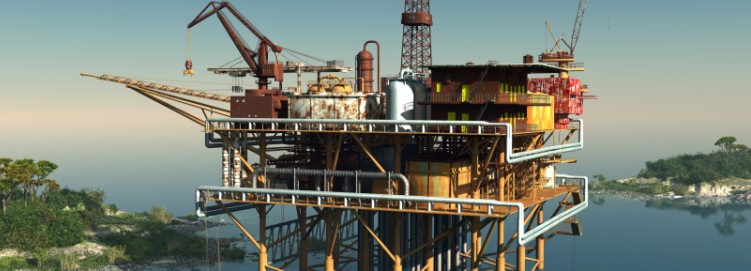Introduction of Slip-on Flange Forging Methods
This technical article introduces us about some main forging methods of slip-on flanges according to the movement of the forging die.
How to Correctly Select Flange
This technical article introduces us in details about that some main ways and methods that we can choose and select flanges correctly.
Thin-walled SS Tube Is Increasingly Widely Used
With the implementation of reform and opening policy and the development of economy, thin-walled stainless steel tubes are more and more popular.
Venezuela's Manufacturer Will Set Up Factories in Cuba
The company is evaluating the factory of the pipeline construction project, thus it is going to set up factories in Cuba.
NDRC: Increase Gas Imports and Oil Reserves in Winter
The National Development and Reform Commission decided to increase gas imports and oil reserves in this winter in the meeting held on November 13.
Differences Between Cold Forging And Hot Forging of Flange
Cold forging of flange refers to the fact that the size of flange changes little when in low-temperature forging. Forged under 700 ℃, there will be less scale formation, no surface decarburization phenomenon. Therefore, as long as the deformation is within the scope of forming, cold forging is easy to get good dimensional accuracy and surface finish. As long as the control of temperature and lubrication cooling is proper, good accuracy can also be achieved under the temperature 700 ℃ forging. Cold extrusion, cold heading and other plastic processing are collectively known as cold forging. Cold forging is material forming below the recrystallization temperature and is forged below recovery temperature. Forging of blank that is not heated usually called cold forging. Cold forging materials are mostly good plastic aluminium which have small deformation resistance at room temperature, and partly alloy, copper and alloys, low carbon steel, medium carbon steel, low alloy steel. Cold forging has good surface quality, high dimensional accuracy, and can replace some machining. Cold forging can reinforce metal and improve the strength of the flange.
The development of cold forging technology is mainly to develop high value-added products and reduce production cost. Meanwhile, it also permeates constantly in areas such as cutting, powder metallurgy, casting, hot forging and sheet metal forming technology or replaces them, and it can be combined with these processes to form composite technology as well.
Hot forging of flange is that big complex shape flange can be forged due to small deformation and deformation resistance in hot forging. For high dimensional accuracy flange, hot forging processing can be applied in 900-1000 ℃ temperature field. Besides, attention should be paid to improve working conditions for hot forging. Compared with forging of other temperature field, the service life of mould is shorter (2-5000 hot forging, warm forging 1-20000, cold forging 2-50000), but its freedom degree is big and cost is low. The purpose of hot forging flange is mainly to reduce the deformation resistance of the metal, thus reduce the forging pressure required for the bad material deformation, greatly reducing forging equipment tonnage; and to change the as-cast structure of ingot materials on flange, after recrystallization during hot forging, thick as-cast structure turns into tiny grain of the new organization, reducing the defect of as-cast structure and improving the mechanical properties of steel.


